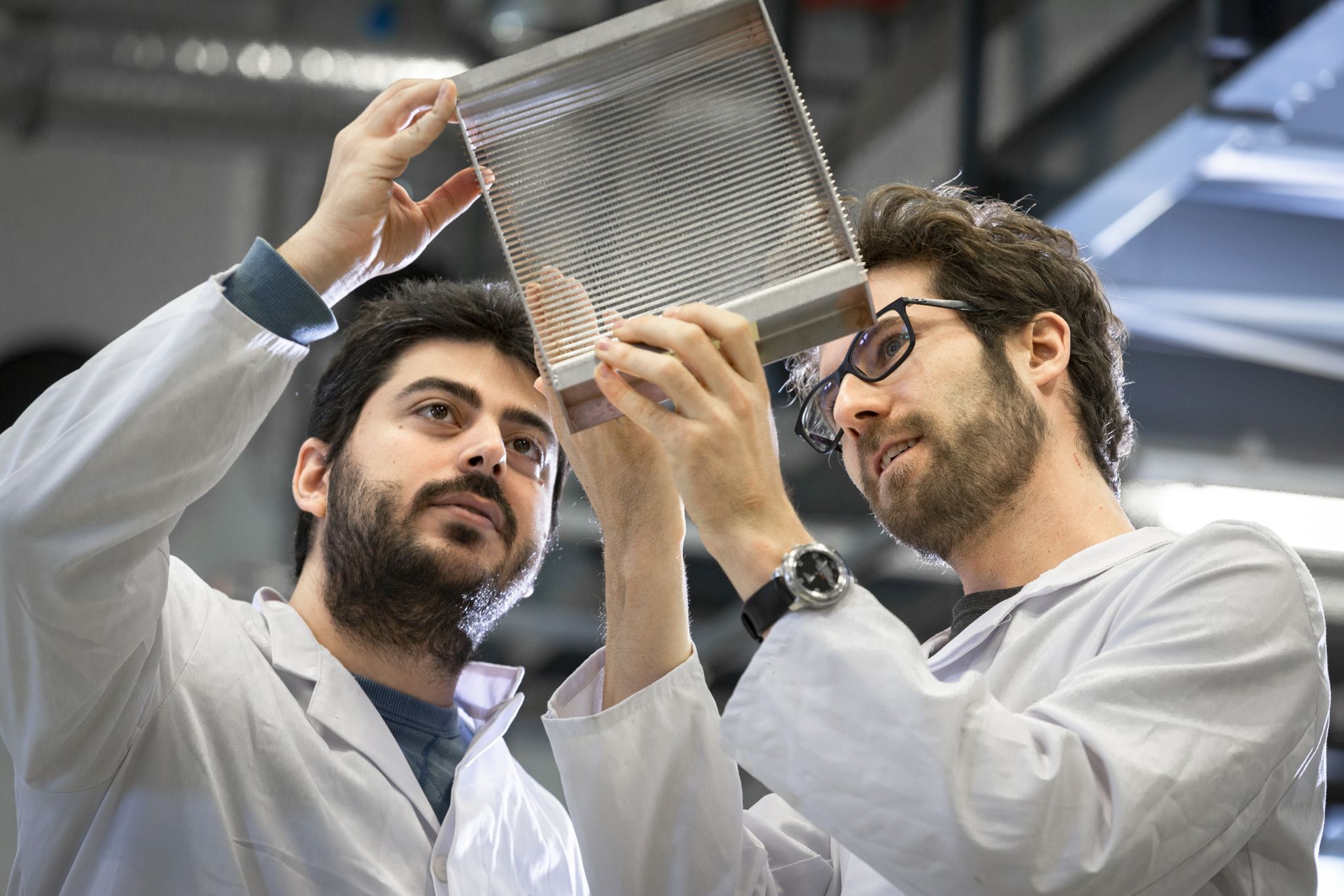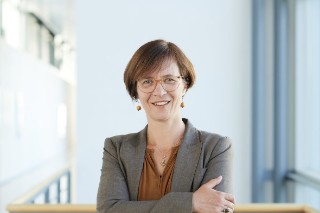Efficient ventilation, air conditioning and refrigeration technology makes a decisive contribution to the energy optimization of buildings, industrial processes and district heating / cooling. Our work focuses on component development in the refrigeration circuit, the use of natural refrigerants such as propane or water, the optimization of heat exchangers and energy-efficient ventilation concepts for residential and office buildings.
In the area of cooling and heating supply for buildings, we concentrate on cold vapor compression and sorption technology and offer R&D services along the entire value chain: from component development in the refrigeration circuit to device and system development and quality assurance in real operation. The focus here is on the optimization of heat exchangers and the use of climate-friendly and natural refrigerants such as propane.
Safety risks must be assessed, particularly when using propane as a refrigerant. We support this with our outdoor test benches, on which safety concepts for planned devices and housings can be evaluated and derived by analyzing the temporal and spatial outflow behaviour.
In the course of developing heat exchangers, we focus on identifying structure/material and coating combinations depending on the system requirements. This enables us to identify new potential for material savings and COP (coefficient of performance) increases in aligned 3D structures (fibers, wires, fabrics). In addition, a suitable combination of hydrophilic/hydrophobic surface coating can be utilized to prevent condensate blockage and reduce ice formation when used as an evaporator.
The development and evaluation of comfort-oriented and energy-efficient ventilation concepts for residential and office buildings is another focus of our work. For the design, it is important to systematically consider air quality, temperature and humidity as well as their spatial distribution with efficient heat recovery concepts and suitable flow control. Energy aspects are taken into account here, as is the evaluation of indoor air quality in terms of comfort and user behavior.
The provision of fresh supply air that is adapted in terms of temperature and humidity in residential and office buildings as well as highly efficient heat recovery are further focal points of our work.
Energy assessments are carried out on the basis of simulations and experimental characterization. This also enables us to develop and evaluate new types of heat exchanger structures. In order to develop solutions for the dehumidification of air, we use our extensive expertise in the development, characterization and processing of sorption materials.



